#language teaching
Text
French (teaching) resources
Hi everyone! I've taught beginning and intermediate french at the college level for the past two years and have accumulated a lot of PDFs that may be helpful + made some reading/listening activities that I wanted to share.
if you self-study, this may be helpful as well, especially when it comes to grammar practice.
Here is the link to the google drive folder
I am happy to answer questions as I am able.
Some notes:
grammar:
largely from: Grammaire progressive du français, (niveau avancé) | Contrastes : Grammaire du Français Courant | some (rather old) McGraw Hill French 2 and 3 texts | and various places online
SOME of these have answers. some do not. unfortunately, I don't have access to Contrastes right now to scan the answers. When I do, I'll try to upload them.
Sorted generally by what they are (adv/adj, articles, pronouns etc) however, the file names are NOT the clearest. i'll try to go through and fix those when I have time.
You'll notice that the two named texts are advanced grammar books - I adapted these when I used them in class if I needed to, or just used some of the activities on the page.
I also highly suggest UT Austin's resources here
activities:
WARNING: I created these myself so there may be the occasional error or weird phrasing in questions etc. Phrasing may also be strange due to the level it was created for.
The formatting may be a bit funky because I copied from word so my full name wouldn't be on them.
song activities are fill in the blank or comprehension question exercises. they have the lyrics and some vocabulary translations with them.
song activities - I often showed the music video but you could just play the music if that works better for you
song activities - these are typically excerpts and not the whole song. most do not have the time stamps, but the lyrics should help you figure that out.
video or reading activities are typically comprehension questions. some have my instructions for using them in class, others are just the text/video and questions.
Some of these are harder than others (songs go faster/grammar involved is more difficult) so check before you use.
#french resources#french langblr#french language#langblr#language learning#language teaching#mine#my tips#long post#10n#50n#100n#150n
188 notes
·
View notes
Text
the worst thing about teaching online is that my students will never know how cute I dress
#teaching#teacher#online teaching#language teaching#language teacher#fashion#cute clothes#feminine fashion#shitpost#tbh at this point all of my posts are shit
8 notes
·
View notes
Text
Stewart & Joseph (2009) present an interesting analysis of Scottish Gaelic where they propose the inflected prepositions should actually be analysed as case forms. They only talk about the person forms which I think is a shame because there are other inflections, in particular the definite and possessive forms, which I think help their overall point, but I'm already writing a paper on that so another time.
Relatedly, I wonder if taking a case-based analysis might actually be useful in the didactic context. This is because if you talk in terms of case rather than prepositions you have more of an incentive to talk about them individually and less of an assumption that the locational function consists of the primary semantics of the form. So you would have more licence to talk about the stative function of ann an as one of its primary usages (and therefore place front and centre its usage with stative verbs and in copular constructions), rather than as an afterthought of its supposedly core locational meaning 'in'. This is more relevant for some of these forms than others of course but that's no big issue (the Russian dative is also relatively specific in its usage relative to the other cases but that doesn't diminish its status as a case).
Note that this says nothing about how you actually analyse the system as is attested with native speakers (or as is attested in the corpus of recorded Gaelic from the previous couple of generations, which imho is the variety that ought to be being revived if you're aiming for continuity between Gaelic as revived and Gaelic as-was). Rather, it's about what a change in terminology does to the priorities of those designing didactic texts.
13 notes
·
View notes
Text
4 August 2023
Working on a group presentation about Community Language Learning!

I think I've got the PowerPoint about 90% perfect now, so tomorrow when we have our group meeting we can pick what sections we want to present and get on to scripting and practicing everything.
#studyblr#study space#study with me#Langblr#Language teaching#pre service teacher#education student#italian student
5 notes
·
View notes
Text
LANGUAGE INSIGHT: TEACHING VS. INTERPRETING VS. TRANSLATION
Language is a powerful tool that holds the potential to connect people from different corners of the world. Understanding and mastering a language opens up new avenues of communication and cultural understanding. Amongst the various facets of language, teaching, interpreting, and translation are three crucial aspects that serve distinct but interconnected roles.
What is Language Teaching?
Language teaching is the process of enabling learners to acquire a new language. It involves building knowledge of various aspects of the language, such as grammar, cultural nuances, listening, writing, reading, and speaking skills. Picture yourself on a mission to learn a new language - be it your native tongue, a language you are reclaiming, or a foreign one. A language teacher is your guide on this journey, helping you to learn everything about the language: speaking, understanding, writing, pronunciation and even the cultural aspects intertwined with the language.
What is Language Interpreting?
Language interpreting is a real-time translation process that involves listening to something in one language and orally translating it into another. This form of translation can be witnessed at public events, news channels, courthouses, and even in the medical field where interpreters assist in overcoming language barriers. Essentially, interpreting is the act of transforming spoken words or signs from one language to another to ensure that all parties involved in the communication process understand each other.
What is Language Translation?
Language translation is the process of changing written words from one language to another. This can involve use of different computer-assisted tools like translation memory. Translators have the ability to examine text or other written documents to ensure the translation is accurate. This art of transformation is typically focused on written works like blogs, news articles, websites, medical documents, etc. For instance, if a Spanish speaker received a medical letter in English, a translator can help by changing all the words to Spanish.
Recognizing the Differences
Teaching, interpreting and translating each play a distinct role in the realm of language. Teaching empowers individuals with the ability to communicate in new languages, interpreting facilitates real-time connections between people speaking different languages, and translating preserves the written legacy of a language by making written documents accessible across language barriers. Acknowledging these differences unveils the diverse facets of language mastery.
What We Do at SpeakNahuatl.com
We are a collective of language workers, comprising of learners and teachers. Our work revolves around language revitalization projects and we offer trilingual translation services in Nahuatl, English & Spanish. However, we do not offer interpreting services.
Interpreting Services List
For those seeking interpreting services, here are a few recommendations:
My Cielo Interpreter Project
California Interpreting Services - Nahuatl Interpreter
Collective of Indigenous Interpreters of Oregon
2 notes
·
View notes
Text





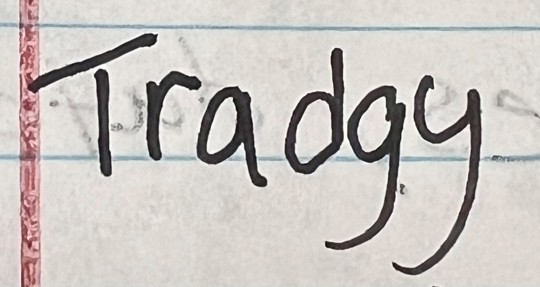
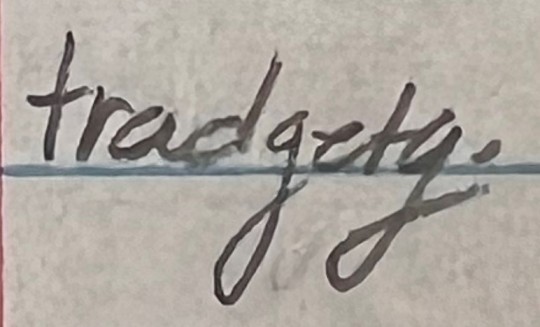
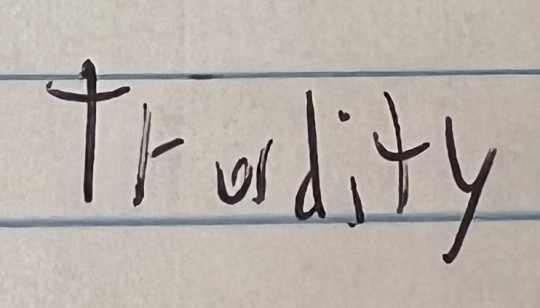
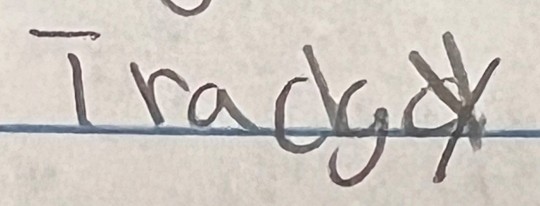
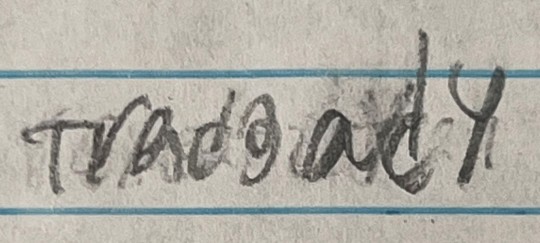





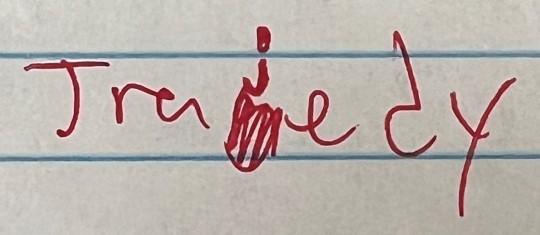




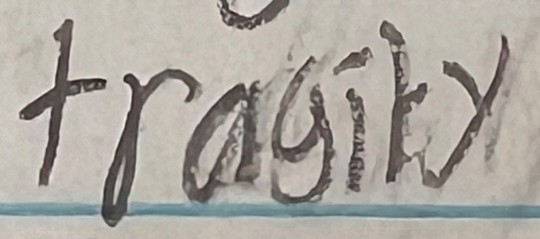
Another year, another group of my delightful ninth graders trying to spell the word "tragedy" for their Romeo and Juliet assignment.
Last year's collection
#i started questioning how to spell it myself#but again... at least they knew the right answer#i love them endlessly#teacherblr#teacher life#teaching#english class#english teacher#grammar#literature#romeo and juliet#shakespeare#william shakespeare#language#tragedy
43K notes
·
View notes
Text
El Arte de Utilizar 'Say', 'Tell', 'Speak' y 'Talk' Correctamente
Los verbos de comunicación son fundamentales en cualquier idioma, ya que nos permiten expresar nuestras ideas, compartir información y establecer conexiones con los demás. En inglés, los verbos “say”, “tell”, “speak” y “talk” son especialmente importantes, ya que cada uno tiene un significado y uso específicos que pueden influir en la claridad y precisión de nuestra comunicación.
El verbo “say”…

View On WordPress
#Clear communication#Communication clarity#Effective Communication#English communication#English language usage#Language Learning#Language Mastery#Language nuances#Language Proficiency#Language skills#Language teaching#Mastering English verbs#Say vs. tell#Speak vs. talk#Verbs in English
0 notes
Text
He went over another batch of words Ivar had given him that had double meanings--words that seemed to interest and excite Ivar more than anything, as if he'd never thought about their richness and versatility until he'd started teaching his language to John Ferguson.
Clear by Carys Davies
#quotes#novels#21st century#fiction#marriage#historical fiction#language learning#language teaching#language#norn language#words#double meaning#clear#carys davies
1 note
·
View note
Text
Ughhhhh,,,
my To Do for today:
- 2 citations left to check
- 2 paragraphs on how to correct mistakes and the benefit of immersion in L2 acquisition, respectively
- a section on task based learning
0 notes
Text
youtube
#How to#language learning#traditional method of language learning#future of language learning#traditional language learning#language teaching#what is deep learning in simple explanation#learning#learning theories in education#approaches to language learning#how to learn a language#traditional method#language learning books#communicative language teaching#fundamentals of machine learning#language acquisition#learning languages#Language Learning Methods in Schools#Youtube
1 note
·
View note
Text
Yes there is a “Good Noon” in Hebrew! 🤗 Here is a quick lesson about it & I hope everyone is having a wonderfully good noon‼️
#hebrew#jewish#learnhebrew#hebrewbyinbal#language#hebrew langblr#israel#jew#torah#trending#good noon#Hebrew teacher#Hebrew lesson#great day#language learning#language teaching#polyglot#teacher
0 notes
Text
life-long learning as pedogogical praxis
I honest to god think spending time trying to learn finnish this summer has significantly changed how I'm presenting material in my classes.
It had been a few years since I tried to pick up a new language from scratch (aka not learning a language derived from Latin) and I had forgotten the feeling of being new -- the excitement at getting to learn how to say something new, the overwhelm of similar vocab words, the frustration of getting stuck on something that your brain just refuses to integrate into your knowledge.
Most of all though it really reminded me about how much it doesn't matter if you repeat whole sentences over and over for a while -- it's not boring yet because you literally don't remember it yet.
And also how a mix of 'silly, unrealistic, rely-on-the-grammar-not-logic' sentences do need to be mixed into primarily 'real, useful, you'll-see-it-again' sentences. I had known this from being irritated at teaching from a certain Textbook Which Shall Not Be Named that only gives extremely difficult practice sentences as exercises, but... to feel it as a learner is still a better reminder.
1 note
·
View note
Text
Language learning through thought, memory, imagination, and reading
The present article aims to estimate the value of language learning through a quick review of the learning process and with a focus on “accumulated knowledge” and “the ability to learn.” Following the opinions of researchers and linguists, we can also argue that the whole history of human culture – “of intelligence and morality, folly and superstition, ritual, language, and the arts” – is what…

View On WordPress
0 notes
Text
Reflection of Unit 5
During this last unit, we learn how to make students to evaluate their own performance. We were surprised on the many different ways we can make students tu self assess themselves. And also, it is very interesting to know that there are different purposes, such as to know how students learn, how they perceive themselves, to the class, and to the teacher. With self-assessment, we can make students more aware and make them be part of their own learning process.
0 notes
Text
Nahuatl Language Learner and Teacher: Work Portfolio

Click here: https://tiny.one/CAM16
0 notes